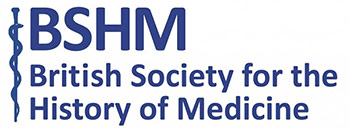William Cheselden completed a surgical apprenticeship in 1709. Remaining in London, he was unable to immediately develop a practice and instead taught anatomy. He eventually turned his class notes into a book, The Anatomy of the Humane Body. It was wildly successful, partially because it was in English rather than Latin. The book proceeded through 13 editions and was the go-to source for surgical anatomy for a hundred years.
Based on his deep understanding of anatomy, Cheselden became an adept surgeon—setting fractures, removing cataracts, and extracting bladder stones. His surgical reputation rapidly spread far and wide.
Cheselden is best remembered, however, for what might be considered a failure. Understanding that skill in surgery requires a thorough understanding of anatomy, in 1733 he published Osteographia, or the Anatomy of the Bones. The book took several years and £17,000 to complete. It was the first book devoted solely to bone anatomy. It sold only 97 copies, yet Osteographia is a treasure of anatomy and artistry.
Cheselden recognized that techniques of perspective and shading were critical to rendering three-dimensional objects accurately onto paper. Just a slight shift of the artist’s head or an urge to highlight a shadowed surface distorted the results. These were outcomes that Cheselden wanted to avoid. Surgeons needed absolutely accurate representations of the skeleton. The subtleties of each contour had to be perfect.
Under Cheselden’s guidance, two artists accomplished his aim. Unique at the time for medical illustration, they suspended the bones from a tripod placed in front of a large box. A tiny hole in one end allowed light and an image of the bones to enter. One of the artists sat at the open end and traced every detail onto a glass plate, which Cheselden then converted to an engraving. At the time, the technique of using a camera obscura was unique for medical illustration. Today we recognize the device as a pinhole camera.
Osteographia ranks as one of the all-time great anatomy atlases in scope and elegance. The camera obscura, depicted on the book’s title page, signals the work’s accuracy. Osteographia’s sensitivity and elegance become quickly evident when noting the exquisite detail of the drawings, their arrangement on each page, and the lack of overlying labels or lines. The text is sparse. Cheselden knew that the images could tell their own story. They continue to do so.
Roy A. Meals, MD blogs regularly at www.aboutbone.com

